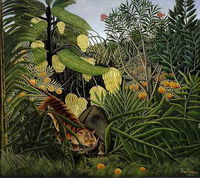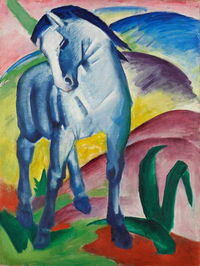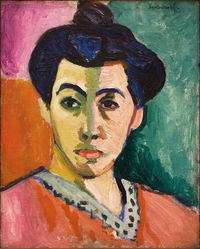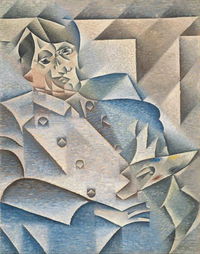
The First Twenty Years Trivia Quiz
Early 20th Century Art Movements
The first two decades of the 20th century were rife with artistic innovation that played a major role in the development of modern art. Can you match each of these artworks with the movement or style they are associated with?
This is a renovated/adopted version of an old quiz by author DesertFox
by LadyNym.
Estimated time: 3 mins.
- Home
- »
- Quizzes
- »
- Humanities Trivia
- »
- Art
- »
- 20th Century Art









